Professor Maryanne Wolf urges you to respect the time and space of deep reading in a world of technological distractions. She explains the complexities of research in neuroscience and psychology about how engaging with tech alters the ability to read. While she raises numerous issues, she also proposes solutions. Wolf says kids are the unwitting subjects of a massive social experiment in technological proliferation. Her work articulating tech’s neurological and intellectual impact is profound, and relevant for parents and educators.
Reading connects vision, language and cognition.
Speaking is a natural act, but reading requires an education that enables creation of the neural circuits that process language and vision. To produce the act of reading, the brain must create vast neural connections, even refitting some neuronal groups to address the demands of this new skill. Reading methods within the brain make use of many variations of thought. For example, reading engages cognitive skills that allow prediction to assist perception.
Vision occurs across much of the occipital lobe, mostly in the brain’s left hemisphere. It also engages areas of the midbrain and the cerebellum. Both brain hemispheres hold language, especially two areas close to vision – the parietal and temporal lobes – and the frontal lobe, where a lot of motor function occurs. Cognition and affect, operating at a deeper level, overlap a lot with language.
Focusing to read requires the brain to stop attending to any current activity and move its attention to the new word. This change in visual orientation happens in the midbrain. At this stage, the thalamus, which sits below the cortex...
Maryanne Wolf is the director of the Center for Dyslexia, Diverse Learners, and Social Justice at the UCLA Graduate School of Education and Information Studies,” and the former John DiBiaggio Professor of Citizenship and Public Service at Tufts University. She also wrote Proust and the Squid: The Story and Science of the Reading Brain and Tales of Literacy for the 21st Century.









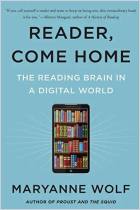
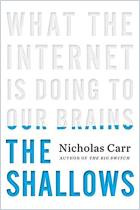
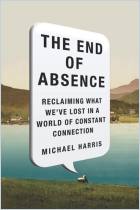
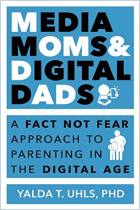

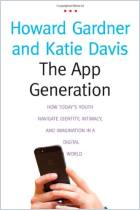



Comment on this summary or 开始讨论